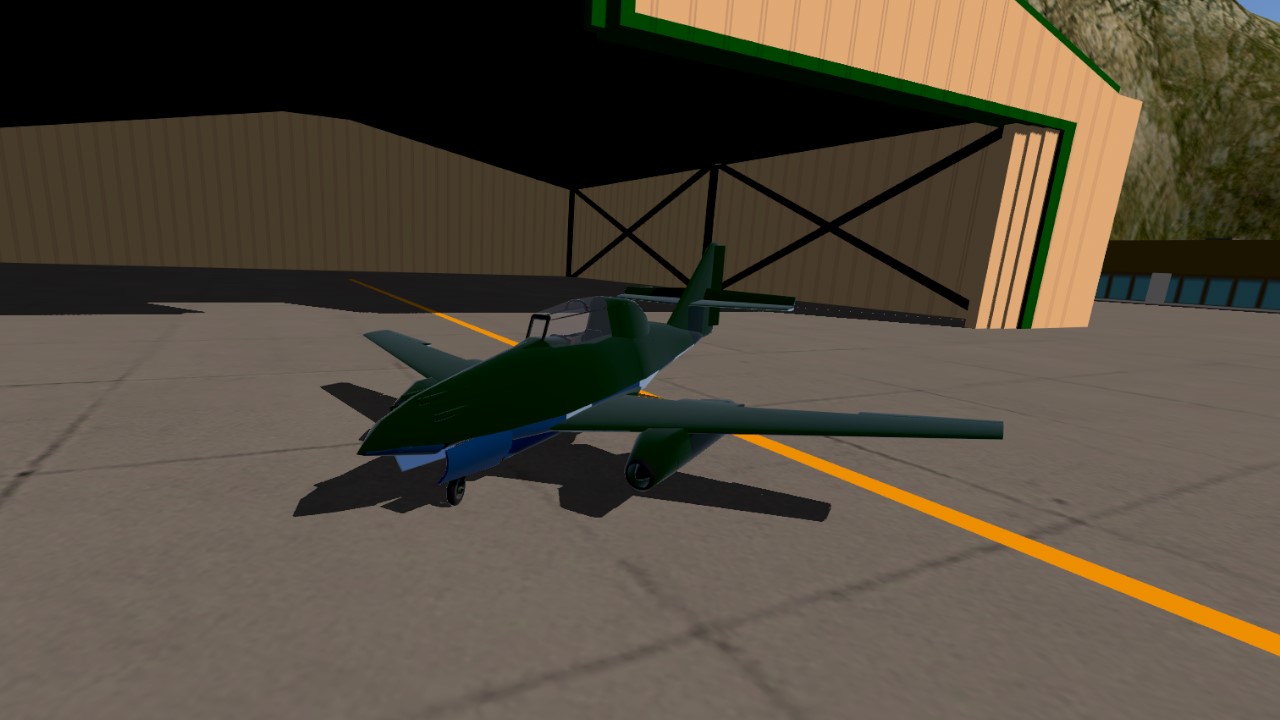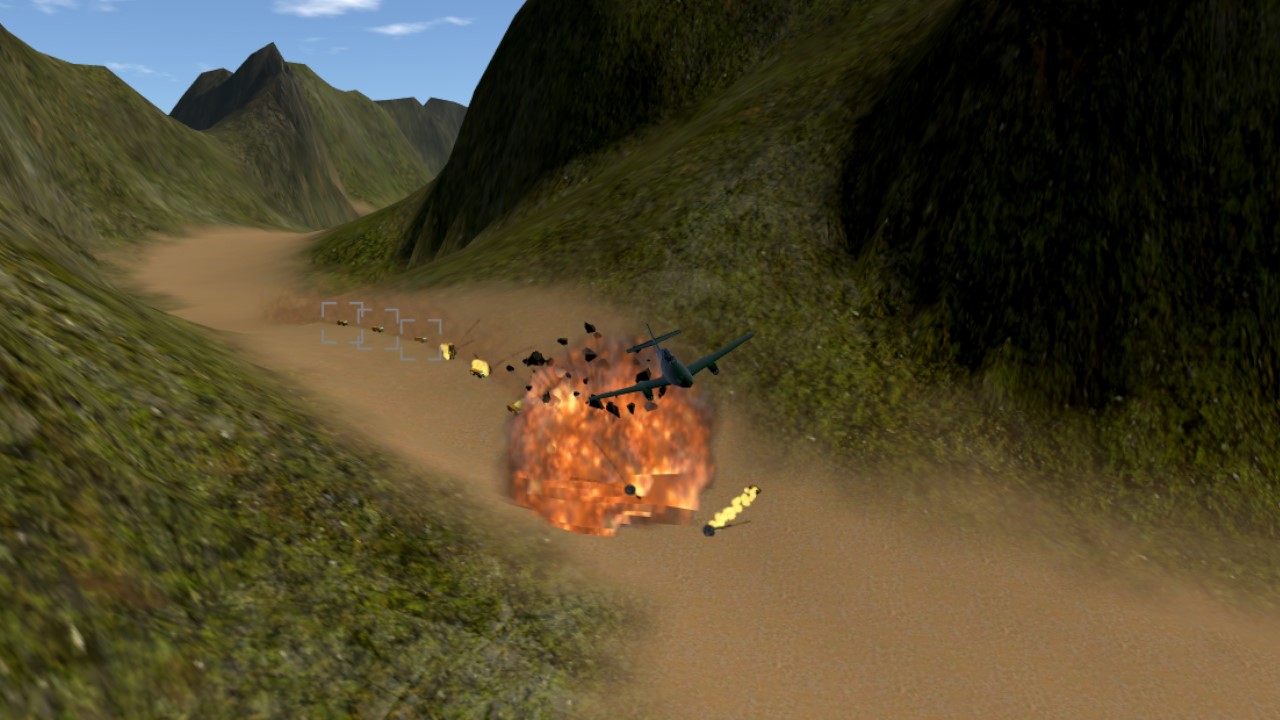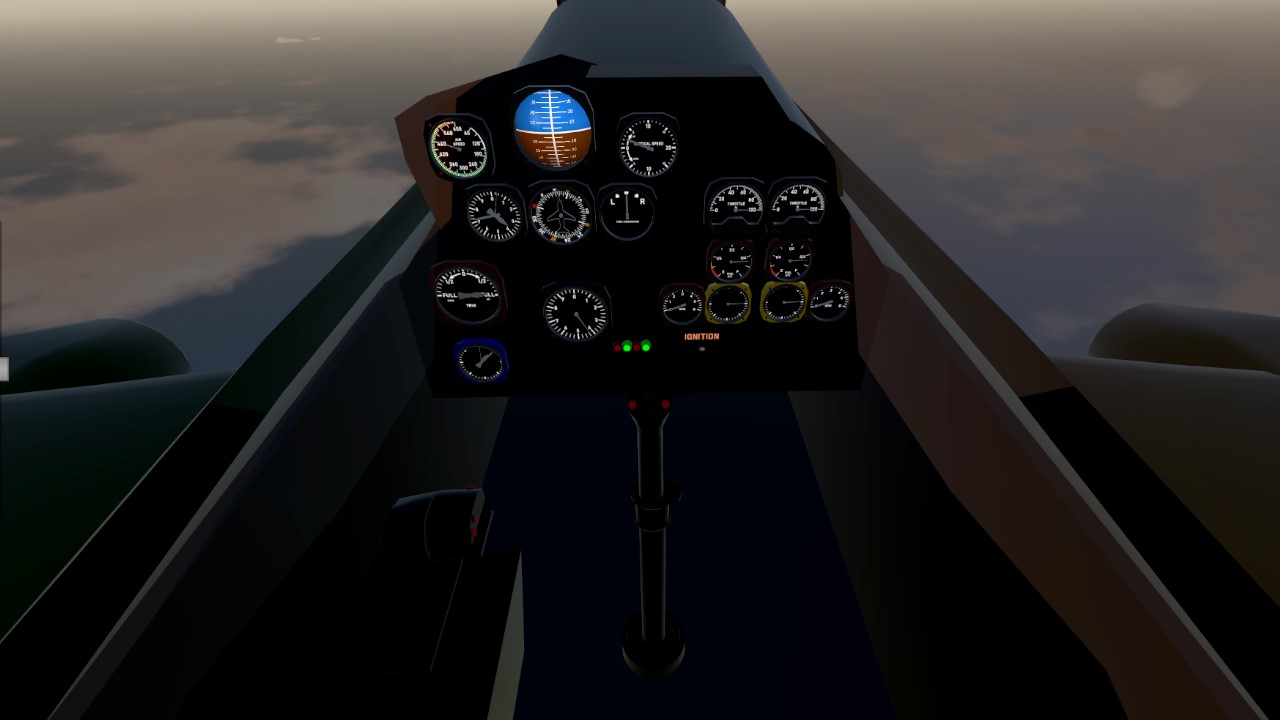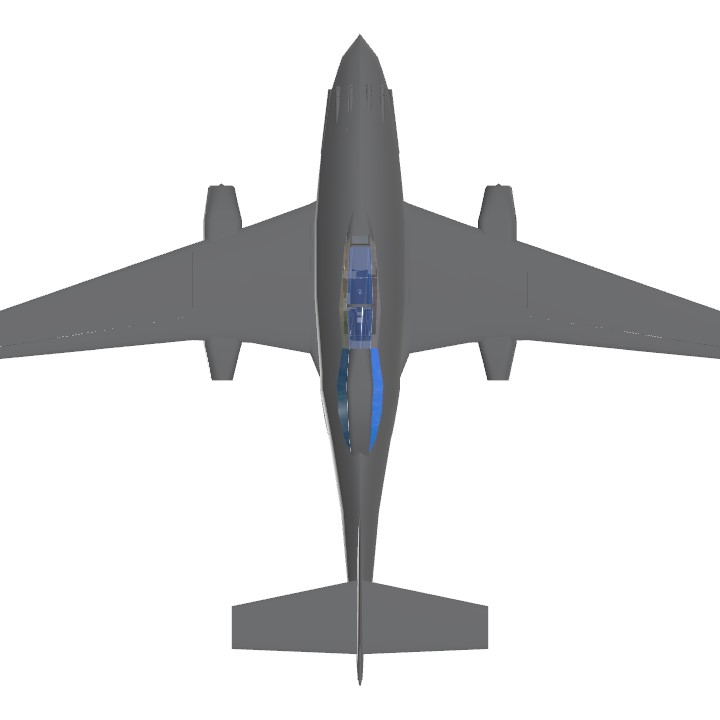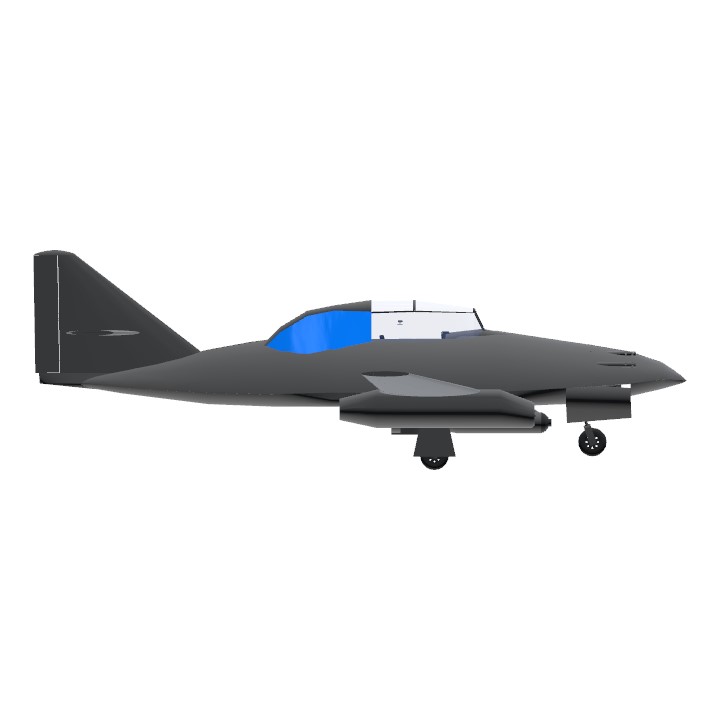WIKI
The Messerschmitt Me 262, nicknamed Schwalbe (German: "Swallow") in fighter versions, or Sturmvogel (German: "Storm Bird") in fighter-bomber versions, is a fighter aircraft and fighter-bomber that was designed and produced by the German aircraft manufacturer Messerschmitt. It was the world's first operational jet-powered fighter aircraft.
The design of what would become the Me 262 started in April 1939, before the Second World War. It made its maiden flight on 18 April 1941 with a piston engine, and its first jet-powered flight on 18 July 1942. Progress was delayed by problems with engines, metallurgy and interference from people including Hermann Göring, head of the Luftwaffe, and Adolf Hitler. The latter wanted the Me 262 to be a ground-attack/bomber aircraft rather than a defensive interceptor, thus necessitating a redesign. The aircraft became operational with the Luftwaffe in mid-1944. The Me 262 was faster and more heavily armed than any Allied fighter, including the British jet-powered Gloster Meteor.[5] The Allies countered by attacking the aircraft on the ground and during takeoff and landing.
As one of the most advanced Second World War combat aircraft, [6] the Me 262 operated as a light bomber, reconnaissance, and experimental night fighter. The Me 262 proved to be an effective dogfighter against Allied fighters - German pilots claimed 542 Allied aircraft shot down,[7] although higher claims have sometimes been made.[Note 1] The aircraft had reliability problems because of strategic materials shortages and design compromises with its Junkers Jumo 004 axial-flow turbojet engines. Late-war Allied attacks on fuel supplies also reduced the aircraft’s effectiveness. Armament production within Germany was focused on more easily manufactured aircraft.[9] Ultimately, the Me 262 had little effect on the course of the war because of its late introduction and the small numbers that entered service.[10][11]

Although German use of the Me 262 ended with the close of the Second World War, a small number were operated by the Czechoslovak Air Force until 1951. Also, Israel may have used between two and eight Me 262s. These were supposedly built by Avia and supplied covertly, and there has been no official confirmations of their use.[Note 2] It also heavily influenced several designs, such as the Sukhoi Su-9 (1946) and Nakajima Kikka. Many captured Me 262s were studied and flight-tested by the major powers, and influenced the designs of post-war aircraft such as the North American F-86 Sabre, MiG-15 and Boeing B-47 Stratojet.[6] Several aircraft have survived on static display in museums. Some privately built flying reproductions have also been produced - these are usually powered by modern General Electric CJ610 engines.
gallery
controls:
AG1--throttle
everything else is normal plane controls
its not perfect, I know that lol
Specifications
General Characteristics
- Predecessor Challenge of the 40's and 70's [CLOSED]
- Created On Windows
- Wingspan 41.4ft (12.6m)
- Length 37.6ft (11.5m)
- Height 12.7ft (3.9m)
- Empty Weight 11,161lbs (5,062kg)
- Loaded Weight 18,745lbs (8,502kg)
Performance
- Power/Weight Ratio 2.157
- Wing Loading 12.4lbs/ft2 (60.4kg/m2)
- Wing Area 1,515.9ft2 (140.8m2)
- Drag Points 5302
Parts
- Number of Parts 232
- Control Surfaces 0
- Performance Cost 1,160

